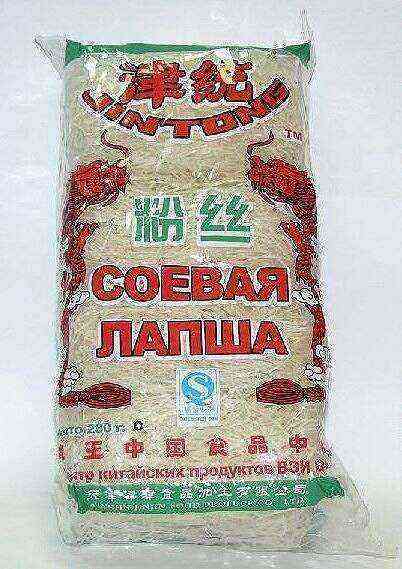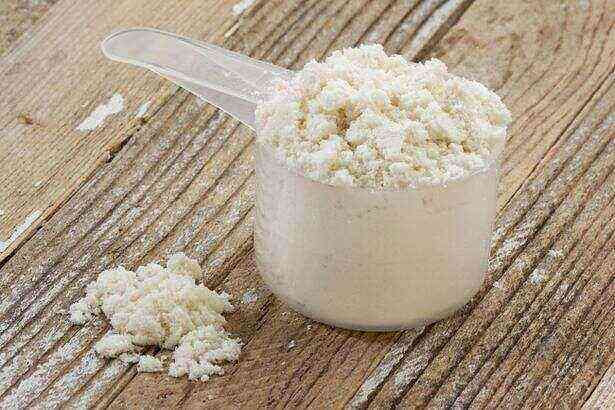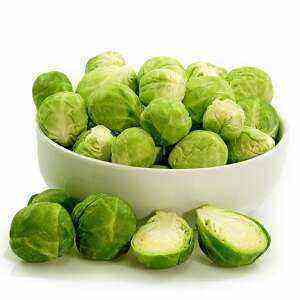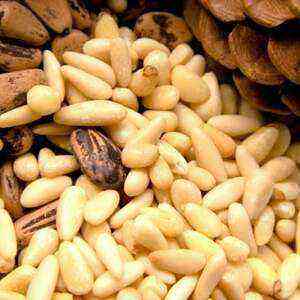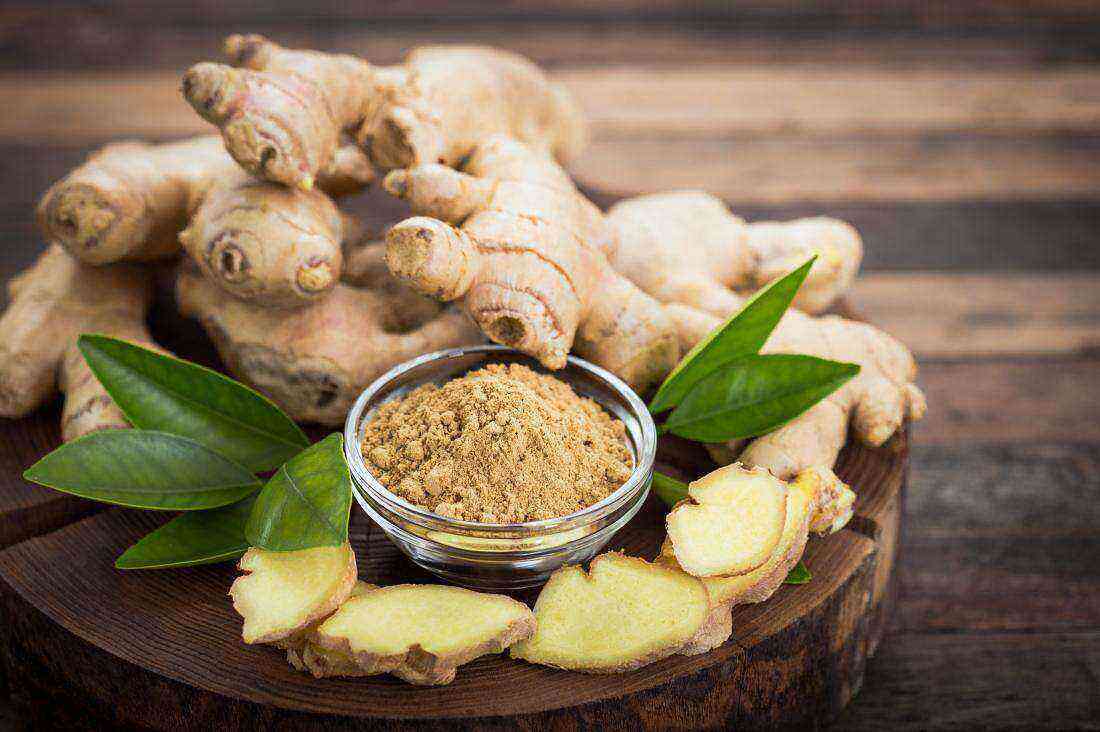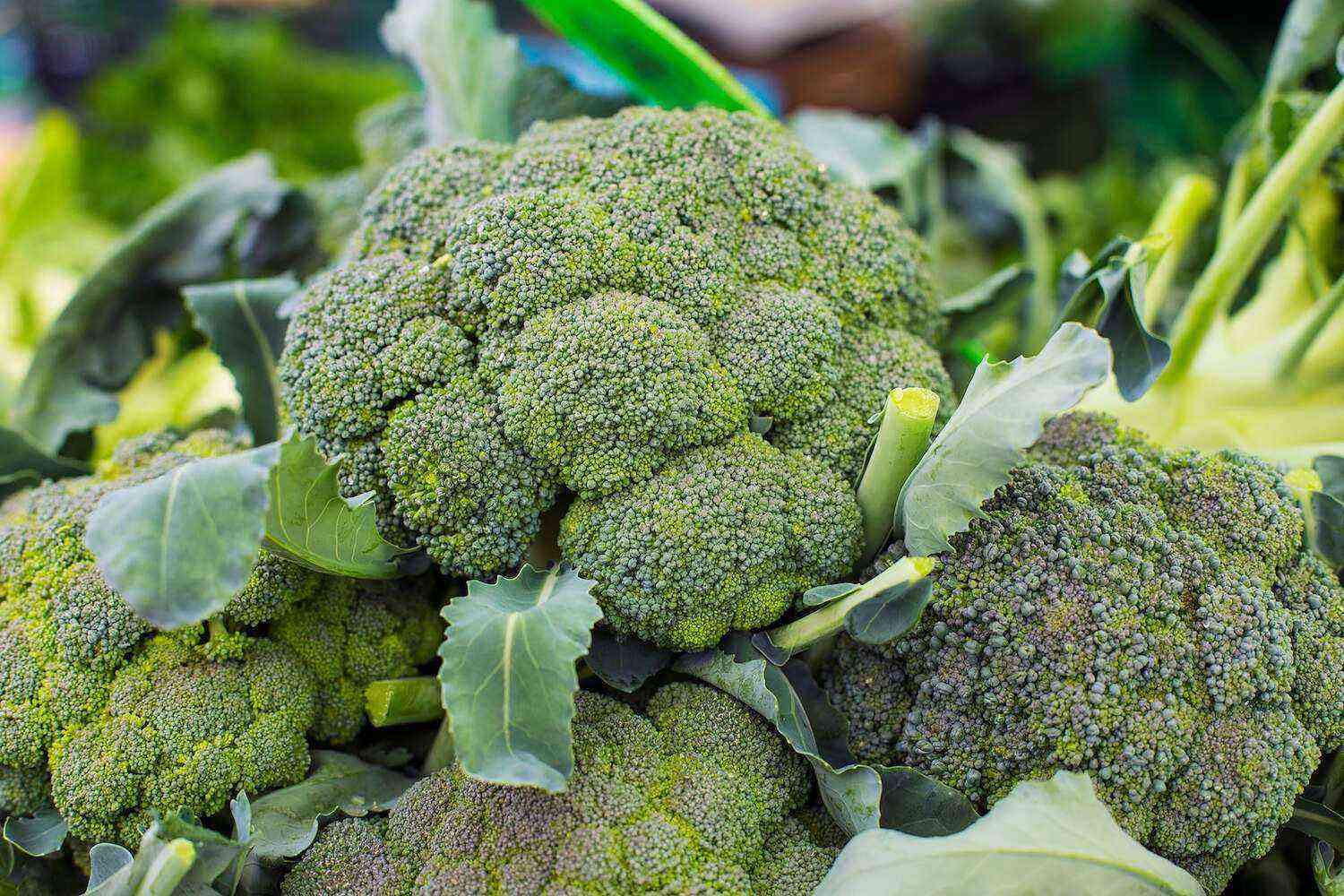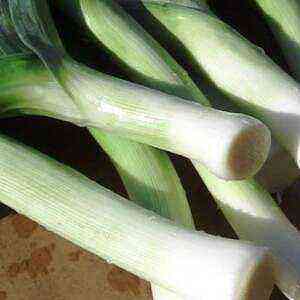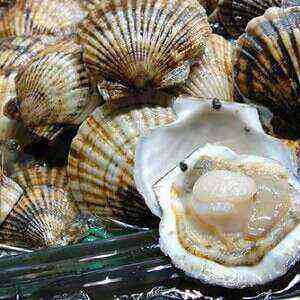For example, different culinary experts can call funchose both soy and legumes, and just glass noodles obtained from starch. However, all these products have different properties, tastes and look differently on the plate.
Specifically, soy noodles in different provinces of China or Japan may have different names, which are completely unfamiliar to a Russian. It is only important to remember that specifically funchose there are called dishes with noodles in general, and rice, and legumes, and soy.
Typically, Chinese soybean noodles are made not from the soybeans themselves, but from the starch obtained from them. As a result, it turns out to be thin, strong enough and transparent. However, it also has disadvantages: it is quite easy to boil, sticks together and gathers into lumps, which are not very convenient to use.
A product made from ordinary soy flour is more convenient to prepare. It is not as transparent as starchy, but it does not boil over and does not crumple.
Export noodles from China are most often made from starch alone. Moreover, it is a Chinese product that often “burns” under inspection: synthetic bleaches and various harmful additives are found in it. At the same time, soy noodles, which are prepared in Thailand or Russia, usually meet all quality standards.
Sometimes potato starch or cassava starch is added to the flour to obtain a softer consistency and pure color. These components do not bring much harm, but they also do not improve the dietary properties of soy noodles. It is easiest to distinguish it from starchy during cooking. Soy noodles do not become transparent, but they do not resemble ordinary flour noodles either.
Benefit and harm
The main beneficial property is a fairly high protein content. Still, soybeans surpass both wheat and rye grains in this parameter. But along with the increased amount of protein, soy noodles can boast of a lower calorie content than ordinary noodles – 100 grams of it contains only 256 kcal.
In general, it is an excellent product for athletes, diabetics and patients who are recovering from serious illnesses and injuries. It ensures that the body receives a large number of structural components for tissue repair, amino acids and nitrogenous bases, without overloading it with simple sugars and without affecting the figure and blood sugar level.
Ideally, soy noodles should contain only soy and water, and no synthetic ingredients. Sometimes salt is added, although traditionally each chef decides for himself what kind of saltiness to arrange for the product, dosing the required amount of salt in the broth.
The main disadvantage of soy noodles is their low fiber content. Soy itself cannot boast of an abundance of this component, and therefore there are almost no coarse fibers in the vermicelli. As a result, empty noodles without seasoning in any way stimulate intestinal activity and do not promote active digestion of food.
